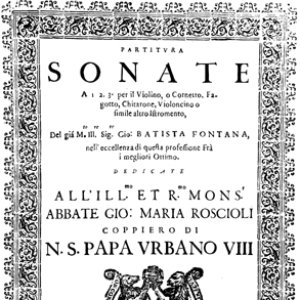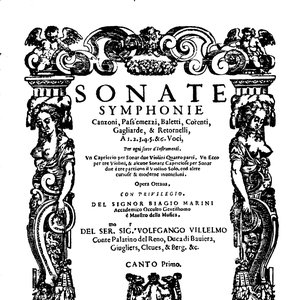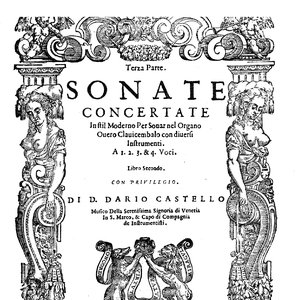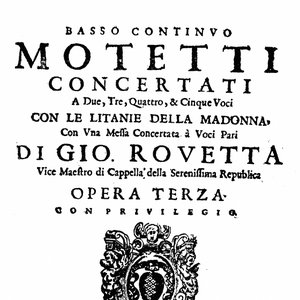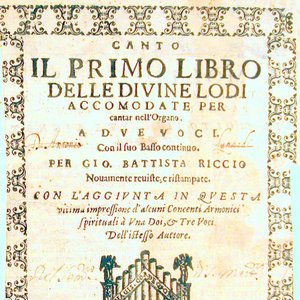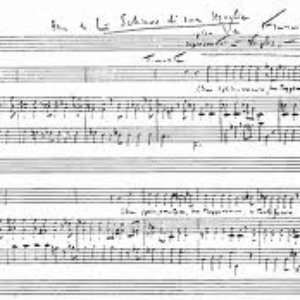Biography
-
Born
1570
-
Born In
Mantova, Mantova, Lombardia, Italy
-
Died
1630 (aged 60)
Salamone Rossi, Salomone Rossi, or Salamone de Rossi Ebreo (Hebrew: סלומונה רוסי or שלמה מן האדומים) (Salamon, Schlomo; de' Rossi) (c. 1570 – 1630) was an Italian Jewish violinist and composer. He was a transitional figure between the late Italian Renaissance period and early Baroque.
Life
As a young man, Rossi, who was Jewish, acquired a reputation as a talented violinist. He was then hired (in 1587) as a court musician in Mantua, where records of his activities as a violinist survive.
Rossi served at the court of Mantua, by request of the duchess Isabella d'Este, from 1587 to 1628 where he entertained the royal family and their highly esteemed guests. The composers Rossi, Monteverdi, Gastoldi, Wert and Viadana provided fashionable music for banquets, wedding feasts, theatre productions and chapel services amongst others.
Salamone Rossi probably died either in the invasion of Austrian troops, who destroyed the Jewish ghettos in Mantua, or in the subsequent plague which ravaged the area.
Rossi's sister, Madama Europa, was an opera singer, and possibly the first Jewish woman to be professionally engaged in that area. She is reported to have premiered Lamento d'Arianna of Claudio Monteverdi - in whose orchestra Rossi played violin - for the Duke of Gonzaga.
Music
His first published work (released in 1589) was a collection of 19 canzonettes, short, dance-like compositions for a trio of voices with lighthearted, amorous lyrics. Rossi also flourished in his composition of more serious madrigals, combining the poetry of the greatest poets of the day (e.g. Guarini, Marino, Rinaldi, and Celiano) with his melodies.
In the field of instrumental music Rossi was a bold innovator. He was one of the first composers to apply to instrumental music the principles of monodic song, in which one melody dominates over secondary accompanying parts. His trio sonatas, among the first in the literature, provided for the development of an idiomatic and virtuoso violin technique. They stand mid-way between the homogeneous textures of the instrumental canzona of the late Renaissance and the trio sonata of the mature Baroque. In 1600, in the first two of his five madrigal books, Rossi published the earliest continuo madrigals, an innovation which partially defined the beginning of the Baroque era in music; these particular compositions included tablature for chitarrone.
Rossi also published a collection of Jewish liturgical music, השירים אשר לשלמה (Ha-shirim asher li-Shlomo, The Songs of Solomon) in 1623. This was written in the Baroque tradition and (almost) entirely unconnected to traditional Jewish cantorial music. This was an unprecedented development in synagogal music, as until recently polyphonic music in the synagogue had been forbidden following the destruction of the Temple. The biblical Song of Solomon does not appear within The Songs of Solomon, hence the name is probably a pun on Rossi's first name (Rikko 1969). Rossi set many Biblical Hebrew texts to music in their original Hebrew language, which makes him unique among Baroque composers. His vocal music resembles that of Claudio Monteverdi and Luigi Rossi, but its lyrics are in Hebrew.
Artist descriptions on Last.fm are editable by everyone. Feel free to contribute!
All user-contributed text on this page is available under the Creative Commons Attribution-ShareAlike License; additional terms may apply.

